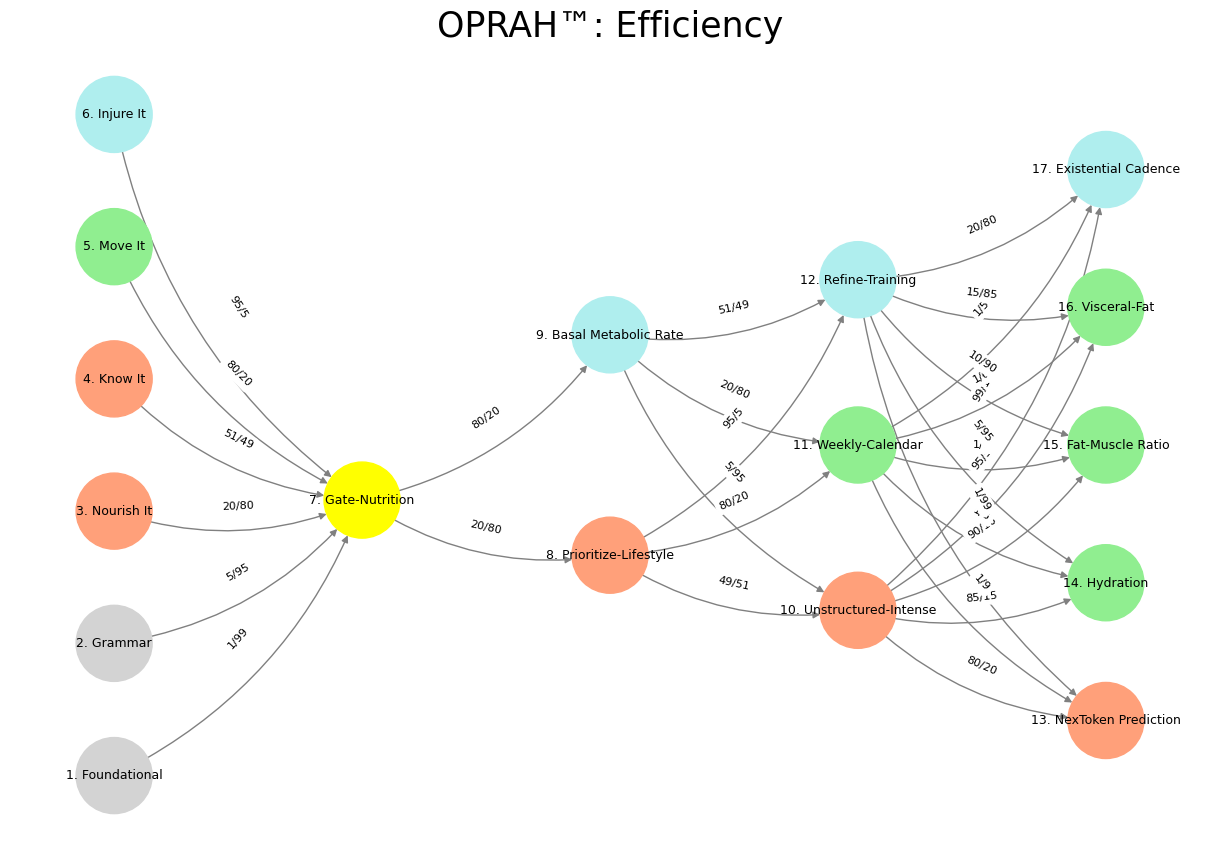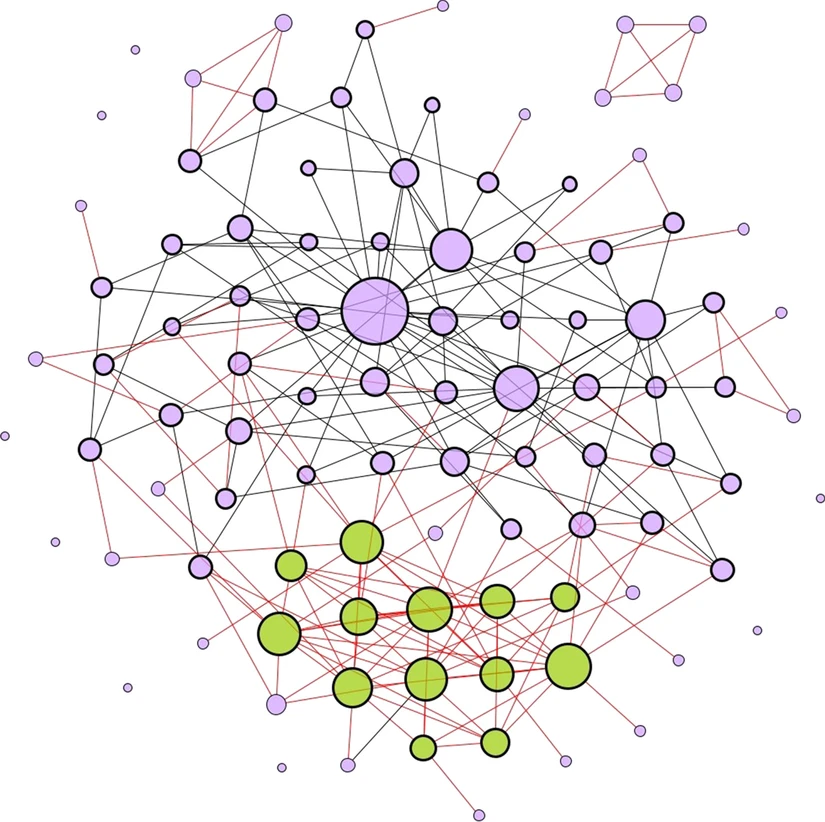Prometheus#
The master surfer who prays to Poseidon and the master surfer who does not—each stands as a test case in the grand experiment of piety’s efficiency. The ocean does not care. It moves with neither mercy nor malice, shifting under the weight of moon and wind, indifferent to the supplicant and the skeptic alike. And yet, within Murdoch’s Existential Cadence, there is an underlying promise: clarity emerges not from faith itself but from the noise-to-signal refinement of strategy, resolve, and mastery. If piety is an invocation of certainty amidst chaos, then the true measure of its worth lies in its ability to shift the surfer from Rubble & Ruin to Requiem & Resolution. What does prayer to Poseidon offer that pure skill does not? What inefficiency, what attributable risk, lurks in the act of divine petition?
At the rawest level, the first stage—Rubble & Ruin—demands survival. The ocean at this juncture is a slot machine: chaotic, punishing, unpredictable. The surfer, regardless of faith, must contend with forces beyond control. Here, the praying surfer and the non-praying surfer are indistinguishable in their struggle; both are at the mercy of physics, and neither yet possesses the mastery to dictate their fate. One casts his lot with skill and statistics, the other with the gods and the unseen. If there is inefficiency in piety, it is here—in the gambler’s mindset, the belief that divine favor may replace the incremental advantage of technique. But at this early stage, where both surfers are merely paddling into uncertainty, the inefficiency is small. It is the difference between believing in a loaded die and acknowledging the probabilities for what they are.
By Reckless Provocation, noise still outweighs signal, but agency emerges. The surfer begins to make choices—deliberate risk-taking, calculated aggression. The ocean remains an adversary, but one that can be read, manipulated, challenged. The skeptic sharpens his edge, refining his movements, his angles, his timing. The believer does the same, but with an additional input: divine favor, the unseen contract with Poseidon. The inefficiency of piety, if it exists, reveals itself here. If the believer attributes survival to prayer rather than skill, he risks miscalculating cause and effect. He might push beyond reason, believing himself anointed. But if prayer serves only as ritual—a focusing mechanism, a way to channel fear into discipline—then the difference between him and the skeptic is negligible. The prayer becomes an extension of strategy rather than a substitute for it.
Fig. 14 Body Composition & Ubuntu. The body is essentially skeleton, water, blood, fat, and muscle. The overarching ecosystem including organs and systems is held together by the skeleton. And the water or fluids from various locales of the body are the bellweather for ecosystem integration. Markers for adversarial conditions including cortisol and adrenaline travel through the ecosystem in the blood. And the tokenization of dynamic state of affairs is the adipose tissue. Whereas the utlimate manifestation of resilience, dynamism, and strength is the muscle. In frailty, the starkest changes are in muscle mass, strength, and activity. From the microstructure of the body to the macrostructure of intelligence, the same fractal geometry unfolds. The skeleton is the immutable scaffolding of both the body and the cosmos, while water reflects perception and integration, ensuring fluid adaptation. Blood transmits signals of action, while fat encodes dynamic states, storing and releasing resources as needed. Finally, muscle embodies realized strength, the will to act and persist. In frailty, the starkest changes occur in muscle—the loss of dynamism is the clearest signal of decline. Ubuntu, at its core, is the recognition that the health of the individual is intertwined with the vitality of the system—be it the body, society, or intelligence itself.#
At Razor’s Edge, noise and signal balance, and the margin for error evaporates. Here, the true test emerges: does prayer offer a competitive edge, or does it introduce inefficiency? If the believer, in a moment of crisis, hesitates—trusting in Poseidon rather than adjusting to the wave—he introduces lag. If he miscalculates a set, believing divine favor will smooth his path, he takes an unnecessary risk. But there is also a hidden efficiency to piety: if his faith reduces fear, if it steadies his breath, if it keeps his mind clear when the skeptic might panic, then Poseidon—real or not—has granted him an advantage. It is not belief itself that matters, but how that belief interfaces with action. The inefficiency of piety is in misplaced expectation; its efficiency, in emotional regulation.
🧘🏾♀️#
As the surfer advances to Risk & Resolve, the noise fades further, and mastery takes form. At this stage, skill surpasses faith—except as ritual, as a rhythm, as a frame for decision-making. If prayer remains a dependency, a belief that divine will controls the wave rather than physics, then it is an inefficiency. But if it has transformed into a pre-surf meditation, a way to eliminate doubt, then it has no cost. The skeptic, too, has found his rhythm. There is no longer a meaningful difference between them; each has compressed the chaos into clarity. The inefficiencies of piety, real or imagined, no longer matter.
Finally, at Requiem & Resolution, the wave is no longer an opponent but an instrument. The master surfer moves without conscious thought. There is no longer need for prayer because the ocean itself has become language. The skeptic, likewise, has no need for calculation—he is beyond it. At this level, inefficiency is not a question of faith but of execution. The surfer who prays does not stop to pray; the one who does not pray does not stop to doubt. Both move in harmony with the wave. The game has ended. Poseidon, real or not, has been transcended.
Thus, the investigation into the attributable risk of piety is not a simple one. The inefficiencies of faith are not found in the act of belief but in how that belief manifests in action. If prayer introduces hesitation, misplaced confidence, or a misunderstanding of causality, then it is a risk. If it acts as a psychological anchor, reducing fear, sharpening focus, and reinforcing discipline, then it is a tool. At the highest levels of mastery, the difference vanishes. The surfer who prays and the surfer who does not are one and the same. The ocean does not care—but the mind that faces it does.
Show code cell source
import numpy as np
import matplotlib.pyplot as plt
import networkx as nx
# Define the neural network layers
def define_layers():
return {
'Suis': ['Foundational', 'Grammar', 'Nourish It', 'Know It', "Move It", 'Injure It'], # Static
'Voir': ['Gate-Nutrition'],
'Choisis': ['Prioritize-Lifestyle', 'Basal Metabolic Rate'],
'Deviens': ['Unstructured-Intense', 'Weekly-Calendar', 'Refine-Training'],
"M'èléve": ['NexToken Prediction', 'Hydration', 'Fat-Muscle Ratio', 'Visceral-Fat', 'Existential Cadence']
}
# Assign colors to nodes
def assign_colors():
color_map = {
'yellow': ['Gate-Nutrition'],
'paleturquoise': ['Injure It', 'Basal Metabolic Rate', 'Refine-Training', 'Existential Cadence'],
'lightgreen': ["Move It", 'Weekly-Calendar', 'Hydration', 'Visceral-Fat', 'Fat-Muscle Ratio'],
'lightsalmon': ['Nourish It', 'Know It', 'Prioritize-Lifestyle', 'Unstructured-Intense', 'NexToken Prediction'],
}
return {node: color for color, nodes in color_map.items() for node in nodes}
# Define edge weights (hardcoded for editing)
def define_edges():
return {
('Foundational', 'Gate-Nutrition'): '1/99',
('Grammar', 'Gate-Nutrition'): '5/95',
('Nourish It', 'Gate-Nutrition'): '20/80',
('Know It', 'Gate-Nutrition'): '51/49',
("Move It", 'Gate-Nutrition'): '80/20',
('Injure It', 'Gate-Nutrition'): '95/5',
('Gate-Nutrition', 'Prioritize-Lifestyle'): '20/80',
('Gate-Nutrition', 'Basal Metabolic Rate'): '80/20',
('Prioritize-Lifestyle', 'Unstructured-Intense'): '49/51',
('Prioritize-Lifestyle', 'Weekly-Calendar'): '80/20',
('Prioritize-Lifestyle', 'Refine-Training'): '95/5',
('Basal Metabolic Rate', 'Unstructured-Intense'): '5/95',
('Basal Metabolic Rate', 'Weekly-Calendar'): '20/80',
('Basal Metabolic Rate', 'Refine-Training'): '51/49',
('Unstructured-Intense', 'NexToken Prediction'): '80/20',
('Unstructured-Intense', 'Hydration'): '85/15',
('Unstructured-Intense', 'Fat-Muscle Ratio'): '90/10',
('Unstructured-Intense', 'Visceral-Fat'): '95/5',
('Unstructured-Intense', 'Existential Cadence'): '99/1',
('Weekly-Calendar', 'NexToken Prediction'): '1/9',
('Weekly-Calendar', 'Hydration'): '1/8',
('Weekly-Calendar', 'Fat-Muscle Ratio'): '1/7',
('Weekly-Calendar', 'Visceral-Fat'): '1/6',
('Weekly-Calendar', 'Existential Cadence'): '1/5',
('Refine-Training', 'NexToken Prediction'): '1/99',
('Refine-Training', 'Hydration'): '5/95',
('Refine-Training', 'Fat-Muscle Ratio'): '10/90',
('Refine-Training', 'Visceral-Fat'): '15/85',
('Refine-Training', 'Existential Cadence'): '20/80'
}
# Calculate positions for nodes
def calculate_positions(layer, x_offset):
y_positions = np.linspace(-len(layer) / 2, len(layer) / 2, len(layer))
return [(x_offset, y) for y in y_positions]
# Create and visualize the neural network graph
def visualize_nn():
layers = define_layers()
colors = assign_colors()
edges = define_edges()
G = nx.DiGraph()
pos = {}
node_colors = []
# Create mapping from original node names to numbered labels
mapping = {}
counter = 1
for layer in layers.values():
for node in layer:
mapping[node] = f"{counter}. {node}"
counter += 1
# Add nodes with new numbered labels and assign positions
for i, (layer_name, nodes) in enumerate(layers.items()):
positions = calculate_positions(nodes, x_offset=i * 2)
for node, position in zip(nodes, positions):
new_node = mapping[node]
G.add_node(new_node, layer=layer_name)
pos[new_node] = position
node_colors.append(colors.get(node, 'lightgray'))
# Add edges with updated node labels
for (source, target), weight in edges.items():
if source in mapping and target in mapping:
new_source = mapping[source]
new_target = mapping[target]
G.add_edge(new_source, new_target, weight=weight)
# Draw the graph
plt.figure(figsize=(12, 8))
edges_labels = {(u, v): d["weight"] for u, v, d in G.edges(data=True)}
nx.draw(
G, pos, with_labels=True, node_color=node_colors, edge_color='gray',
node_size=3000, font_size=9, connectionstyle="arc3,rad=0.2"
)
nx.draw_networkx_edge_labels(G, pos, edge_labels=edges_labels, font_size=8)
plt.title("OPRAH™: Efficiency", fontsize=25)
plt.show()
# Run the visualization
visualize_nn()

Fig. 15 Nostalgia & Romanticism. When monumental ends (victory, optimization, time, recovery), antiquarian means (war, combinatorial-search, space, dynamic-capability), and critical justification (bloodshed, massive, agency, enurance) were all compressed into one figure-head: hero. This yellow node is our nostalgia for when we were younger, more vibrant.#

